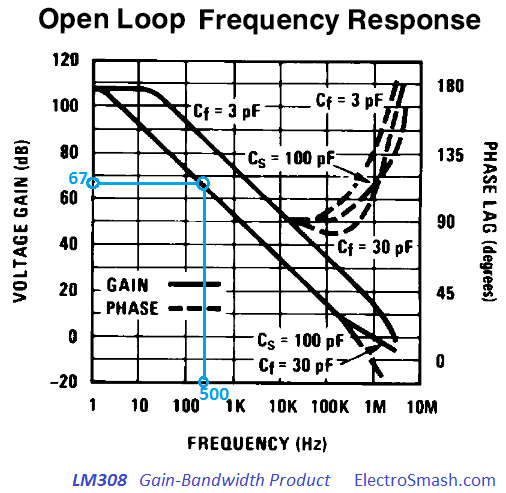Op amps TLO72, 1458, 4558, 5532, LF353, LM833 ... do not sound identical on the same circuit. The differences are subtle and also depending on the particular design may be irrelevant.
A Tube Screamer do not sound identical with TLO72 or LM833, for example. They are little nuances related to the harmonic content that can be seen playing with him.
But fifteen or twenty years ago I tried LF353īs (one of the most distinctive in my opinion) in a Peavey Renown 400 as an experiment and the result was irrelevant. Today my old Peavey maintains the original op amps.
A Tube Screamer do not sound identical with TLO72 or LM833, for example. They are little nuances related to the harmonic content that can be seen playing with him.
But fifteen or twenty years ago I tried LF353īs (one of the most distinctive in my opinion) in a Peavey Renown 400 as an experiment and the result was irrelevant. Today my old Peavey maintains the original op amps.
 )
)
Comment